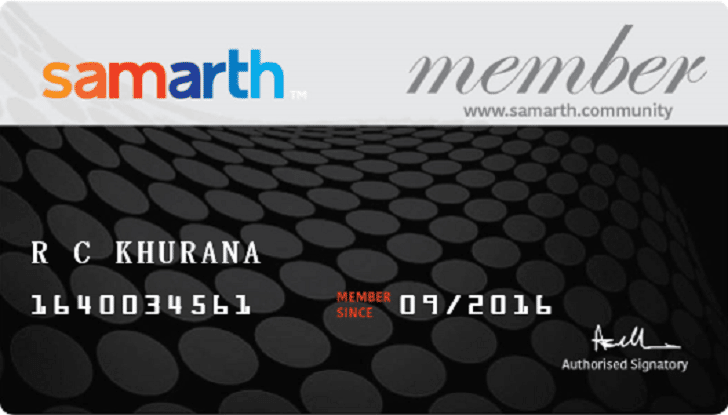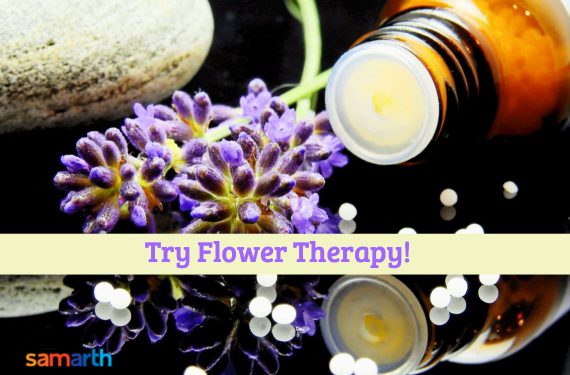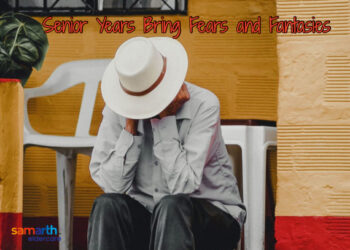In recent times you may often be hearing people discussing flower therapy, one of the alternate forms of treatment that is slowly catching on in our cities. It is the Bach Flower Remedies (BFR), that is commonly called flower therapy. Though we are getting to hear about it now, this is a very age-old remedy, brought out by Mr. Edward Bach, an English homeopath, in the 1930s.
The remedy is nothing but a mixture of brandy and water. The water used in this mixture is extreme dilutions of flower material. And this was based on Bach’s theory that the dew found on the flower petals, actually retain the healing properties of the plant and hence can work as medicines. He also believed that people had different personalities with certain imbalances, that had to be addressed accordingly using these remedies. Hence, it gets counted among the alternate or the pseudo-medicine categories. The point to be noted, however, is that most clinical trials on this did not show any great evidence of efficacy over the placebo effect.
The philosophy

Join Now >
The philosophy that Bach went by in creating this therapy was the belief that all physical diseases had a link to negative energies in our body. He believed that he had a powerful connection to understand the healing power of plants, based on which he derived his medicines. He believed that the dewdrops on flower petals, attained healing powers when early morning sunlight passed through it. Hence, he collected these and created the brandy and water mixture of mother tincture with it in diluted forms. A few of the 38 Bach remedies are Agrimony, Aspen, Beech, Cherry Plum, Crab Apple, Honeysuckle, Olive, Pine, Rock Rose, Water Violet, and Wild Rose. Each of these and the others that make up the 38 set are for treating some distinct issues.
He also evolved his methods of collecting dew later on and even mentioned that the flowers may be boiled instead of the same effect. Study results listed on the NCBI (National Center for Biotechnology Information, U.S. National Library of Medicine) suggest that while the efficiency levels in the studies were low, it is harmless. And that is perhaps the reason why people may be turning to it, especially when they may not be getting the desired results from traditional treatments. The British Homeopathic Association though lists a few successful case studies on their site with descriptions of the illnesses treated and the medicines used.
To know more
Bach’s flower therapists (Registered practitioners of Bach Foundation) are found in almost every city in India and are listed on the Internet. They may be running independent consultancy or through the Homeo or alternate medicine networks like Pranic Healing, etc. The medicines too are available in most Homeo outlets as well as can be ordered online also. The issues that are mostly addressed by these practitioners are emotional issues, stress, chronic illnesses, many old age related issues and treatment of pets, etc.
Since it slowly gained popularity and is said to be harmless with no side effects, many newspapers and magazines have also run articles on this alternative therapy. Times of India, India Today, Hindustan Times, etc. are a few who have published articles about this with information as well as inputs from the practitioners as well as those who have been taking the treatments. There are certified courses run by the authorized Bach Centers that can be taken up to be a practitioner as well.
Note: This article is only meant as an informational note about this alternative therapy and not a promotional one. People should explore in detail and understand the efficacies before availing any alternate therapies and are best guided by their doctor, family, and friends, who have already availed the same or qualified practitioners.











